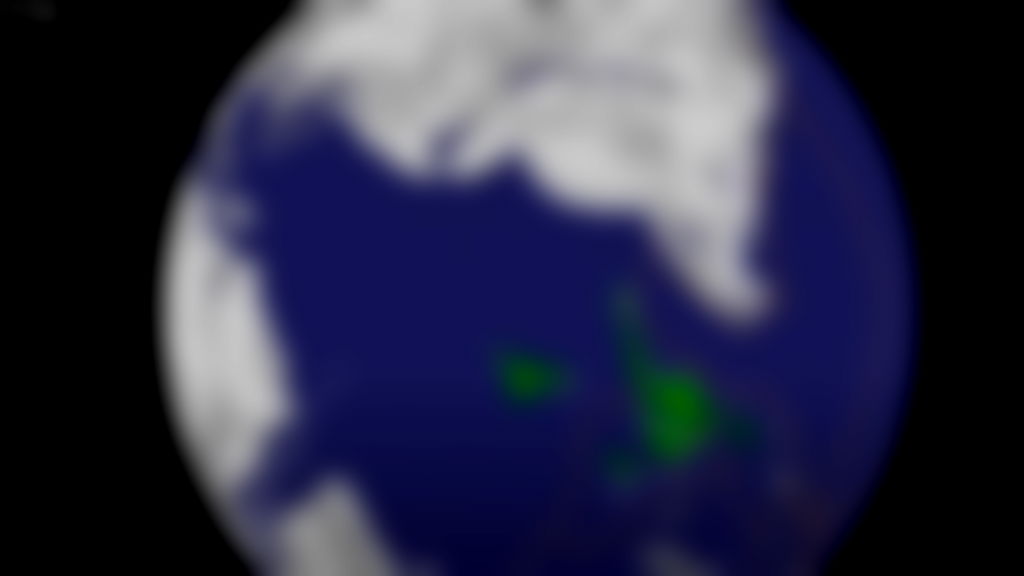Scientists locate ‘lost continent’ of Argoland that vanished 155 million years ago



By Ryan General
After appearing to have vanished from the Earth’s surface 155 million years ago, the purported “lost continent” of Argoland has finally been found hidden beneath the islands of Southeast Asia.
Piecing a giant puzzle: The discovery, published in the peer-reviewed journal Gondwana Research on Oct. 19, was a result of meticulous research spanning seven years by scientists led by Eldert Advokaat.
He and his research team from Utrecht University in the Netherlands collected geological information from the Argo Abyssal Plain, which indicated that the 3,100-mile piece of continent called Argoland must have drifted off to the northwest before ending up in Southeast Asia. The puzzle proved challenging, as Argoland appeared to have splintered into a myriad of microcontinental fragments, making its journey difficult to trace.
Argoland’s hidden journey: Argoland, once a part of the ancient supercontinent Gondwana, broke away from Australia 155 million years ago. It has remained a geological mystery for decades, leaving a trail of clues in the deep ocean basin known as the Argo Abyssal Plain off Australia’s northwest coast. Unlike some other landmasses that broke away from ancient supercontinents, Argoland didn’t remain intact but disintegrated into a series of fragments scattered across Southeast Asia.
Birth of an “Argopelago”: The breakthrough in locating Argoland came when researchers recognized that it had never been a single, cohesive landmass but rather a complex collection of microcontinents separated by older oceanic basins. This led them to coin the term “Argopelago” to describe this fragmented ensemble.
Advokaat and his colleagues found evidence of Argoland’s history, which included millions of years of fissures and breaks, with oceans continually contributing to the land’s fragmentation. It became clear that Argoland had not disappeared but existed as a highly extended and fragmented landmass beneath the green jungles of Indonesia and Myanmar.
Prior to this discovery, the term “lost continent” had been widely used to describe Argoland because it had not been accurately traced and its fragmented nature had not been fully understood.
Impact on biodiversity and climate: The team’s discovery also offers valuable insights into the Earth’s past climate and the uneven distribution of species across Southeast Asia. As fragments of Argoland collided with landmasses in Southeast Asia, they played a crucial role in shaping the region’s rich biodiversity.
Argoland’s history may also shed light on the formation of the Wallace line, an invisible barrier that separates Southeast Asian and Australian fauna. This boundary has long puzzled scientists because of the stark contrast it presents in terms of wildlife distribution.
Share this Article
Share this Article





